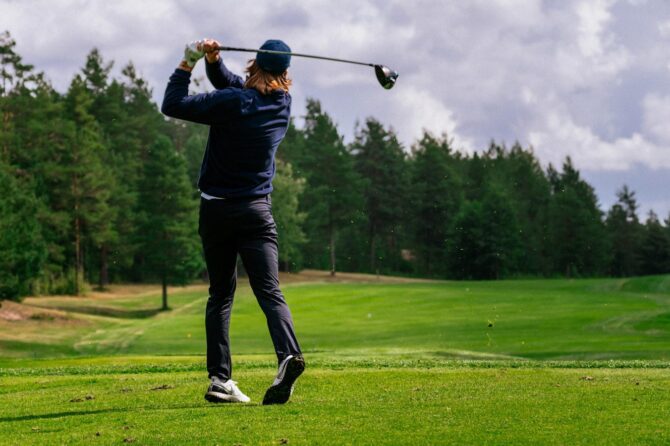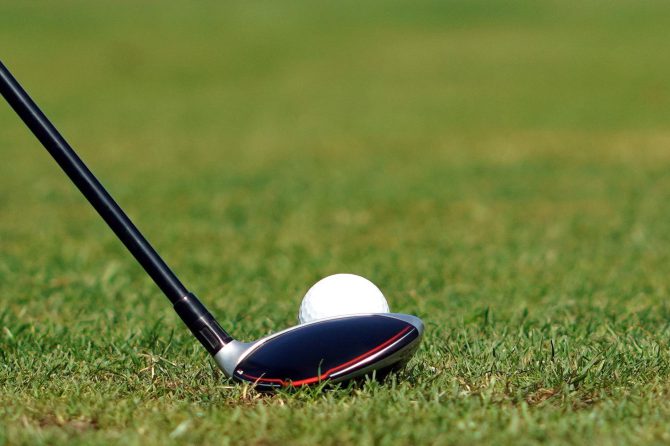Introduction
Golf is a sport that requires not only technical skill but also a strong mental framework, both of which significantly influence an athlete’s performance on the course.Among various instructional methods,Billy Casper’s golf lessons are notable for their unique blend of mechanical accuracy and psychological strength. As a three-time major champion and influential figure in professional golf, Casper’s teachings stem from his extensive personal experience and success, offering a structured approach to enhance golfers’ overall performance. His instructional techniques focus on essential elements such as grip, stance, and swing mechanics—key components that establish the foundation for consistency and precision. Additionally, Casper emphasizes mental strategies that improve course management skills and resilience against challenges—crucial traits for achieving competitive excellence. This article aims to assess the impact of Billy Casper’s dual-faceted teaching style by exploring how his technical drills combined with mental enhancement strategies contribute to the growth of golfers at all skill levels.
Evaluating Technical foundations in Billy Casper’s Golf Instruction
Billy Casper’s teaching beliefs is grounded in a comprehensive understanding of swing mechanics alongside mental resilience and strategic course management. He highlights the significance of arm movement, which he considers vital for achieving consistent ball striking accuracy. Unlike many instructors who emphasize full-body mechanics, Casper’s focus on arm control offers a distinctive method that enhances stability while allowing golfers to maintain rhythm throughout their swings.
A crucial aspect of his instruction involves mental preparation. He asserts that a golfer’s mindset can profoundly affect performance during play. This includes fostering self-confidence as well as employing effective visualization techniques. By encouraging players to mentally rehearse their shots while remaining focused amidst external pressures common in competitive settings, he cultivates psychological resilience paired with technical proficiency—a holistic approach beneficial for both practice sessions and competitions.
The table below summarizes key elements from Casper’s instruction:
| Instructional Focus | Key Techniques | Benefits | ||||||
|---|---|---|---|---|---|---|---|---|
| Arm Movement | Synchronized arm motion; shoulder alignment | Improved accuracy; enhanced rhythm | ||||||
| Mental Resilience | Visualization; positive self-talk; concentration exercises | Boosted confidence; better performance under pressure | ||||||
| Course Management Skills | Tactical shot selection; comprehension of course layoutAided decision-making; reduced scores overall. This reveals an intricate relationship between physical technique and mental strength within his teachings. The simplicity yet effectiveness makes these lessons accessible to golfers across all levels while emphasizing foundational skills along with psychological readiness fosters an enriching learning environment contributing significantly towards maintaining his legacy. Understanding Swing Mechanics: The Foundation for Consistency & Precision!A thorough grasping of swing mechanics is essential for any golfer aiming at consistency coupled with precision during gameplay! Billy emphasized fluidity over abrupt movements when executing swings—advocating synchronization through several critical aspects including:
|





